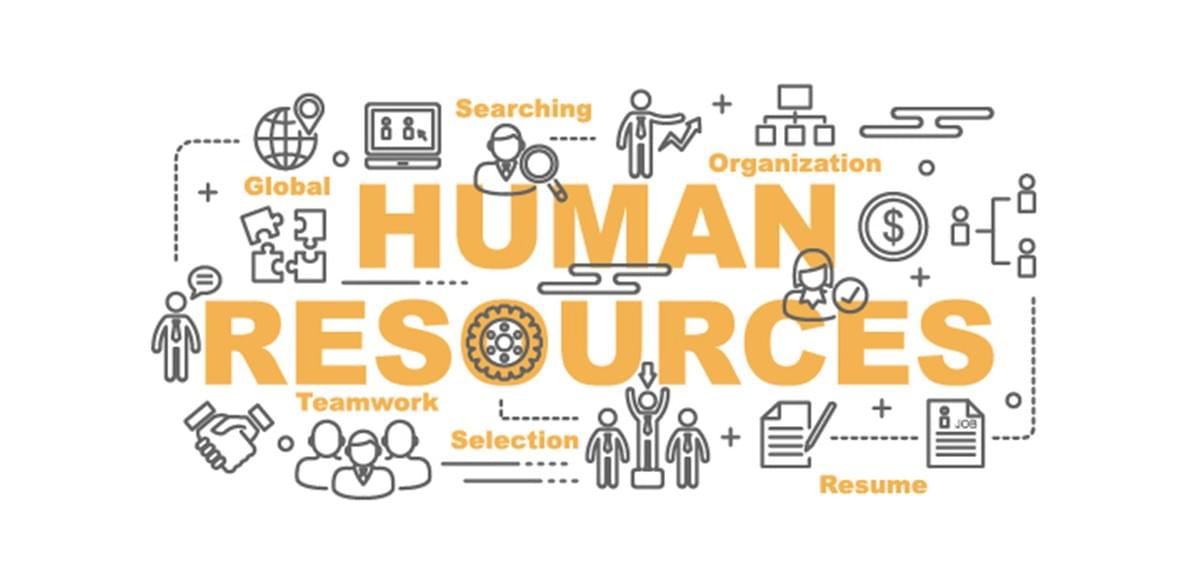We generally hear the term Human Resource Management, Employee Relations and Personnel Management used in the popular press as well as by Industry experts. Whenever we hear these terms, we conjure images of decisive managers busily going about their work in magnificent offices.
In this article, we know about “what is HRM ?” by providing a broad overview of the topic and introducing the readers to the practice of HRM in contemporary organizations. Though as with all popular perceptions, the above imagery has some validity, the fact remains that there is much more to the field of HRM and despite famous depictions of the same, the “art and science” of HRM is indeed complicated. We have chosen the term “art and science” as HRM is both the art of maintaining people by recourse to creative and ingenious approaches; it is a science as well because of the precision and rigorous application of theory that is needed.

As outlined above, the procedure of describing HRM leads us to two different definitions. The first definition of HRM is that it is the process of maintaining people in organizations in a structured and thorough manner. This covers the detention of people, fields of staffing ,performance management , pay and perks setting and management, change management and taking care of exits from the company to round off the activities. This is the traditional definition of HRM which leads some professionals to describe it as a modern version of the Personnel Management function that was used before.
The second definition of HRM covers the management of people in organizations from a macro perspective i.e. controlling people in the form of a collective relationship between management and employees. This approach targeted on the objectives and outcomes of the HRM function. What this means is that the HR function in new organizations is nervous with the thought of people authorized, people development and a focus on consist of the “employment relationship” assure for both the management and worker. Rather, the HR manager is responsible for maintaining employee desire vis-à-vis the management goals and coordinating both to ensure employee fulfillment and achievement of management goals.
These definitions retain the disparity between Personnel Management as prescribed in the second paragraph and human resource management as defined in the third paragraph. The key difference is HRM in recent times is about fulfilling management objectives of affording and expand people and a higher attention on planning, monitoring and control.
Regardless of definition we utilize the answer to the question as to “what is HRM?” is that it is all about people in organizations. No wonder that some MNCs call the HR managers as People Managers, People Enablers and the practice as people management. In the 21st century organizations, the HR manager or the manager is no longer seen as someone who takes care of the actions described in the historic style. In fact, most organizations have various departments dealing with Staffing, Payroll, and Retention etc. rather , the HR manager is answerable for maintaining employee desire vis-à-vis the management intention and coordinate both to assure employee fulfillment and understanding of management intentions.
If you want to learn more about Human Resource Management (HRM) then HR Training in Chandigarh is the right place for you